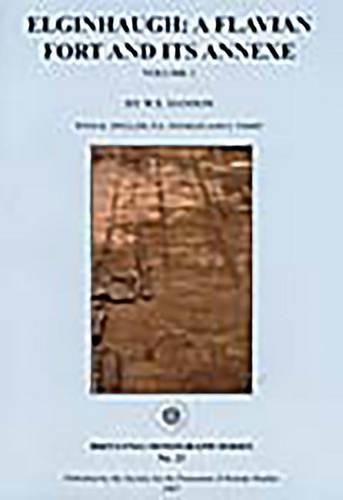Readings Newsletter
Become a Readings Member to make your shopping experience even easier.
Sign in or sign up for free!
You’re not far away from qualifying for FREE standard shipping within Australia
You’ve qualified for FREE standard shipping within Australia
The cart is loading…






Elginhaugh is the most completely excavated timber-built auxiliary fort in the Roman Empire. This report provides an assessment of all the structures, with particular emphasis on the identification of stable-barracks and the implications for the identification of garrisons based on fort plans, while extensive examination of the annexe makes a substantial contribution to the debate about the function of these attached enclosures. Because the occupation is so closely dated (A.D. 7987), the site provides a very precise dating horizon for the wide range of artefactual material reported on. Of particular importance is the evidence for the local manufacture of coarseware and mortaria, including the identification of a new mortarium potter. An extensive programme of environmental analysis provides insight into issues of local environment and food supply. Finally, there is unique evidence that the site continued to function as a collection centre for animals after the garrison had departed.
$9.00 standard shipping within Australia
FREE standard shipping within Australia for orders over $100.00
Express & International shipping calculated at checkout
Elginhaugh is the most completely excavated timber-built auxiliary fort in the Roman Empire. This report provides an assessment of all the structures, with particular emphasis on the identification of stable-barracks and the implications for the identification of garrisons based on fort plans, while extensive examination of the annexe makes a substantial contribution to the debate about the function of these attached enclosures. Because the occupation is so closely dated (A.D. 7987), the site provides a very precise dating horizon for the wide range of artefactual material reported on. Of particular importance is the evidence for the local manufacture of coarseware and mortaria, including the identification of a new mortarium potter. An extensive programme of environmental analysis provides insight into issues of local environment and food supply. Finally, there is unique evidence that the site continued to function as a collection centre for animals after the garrison had departed.